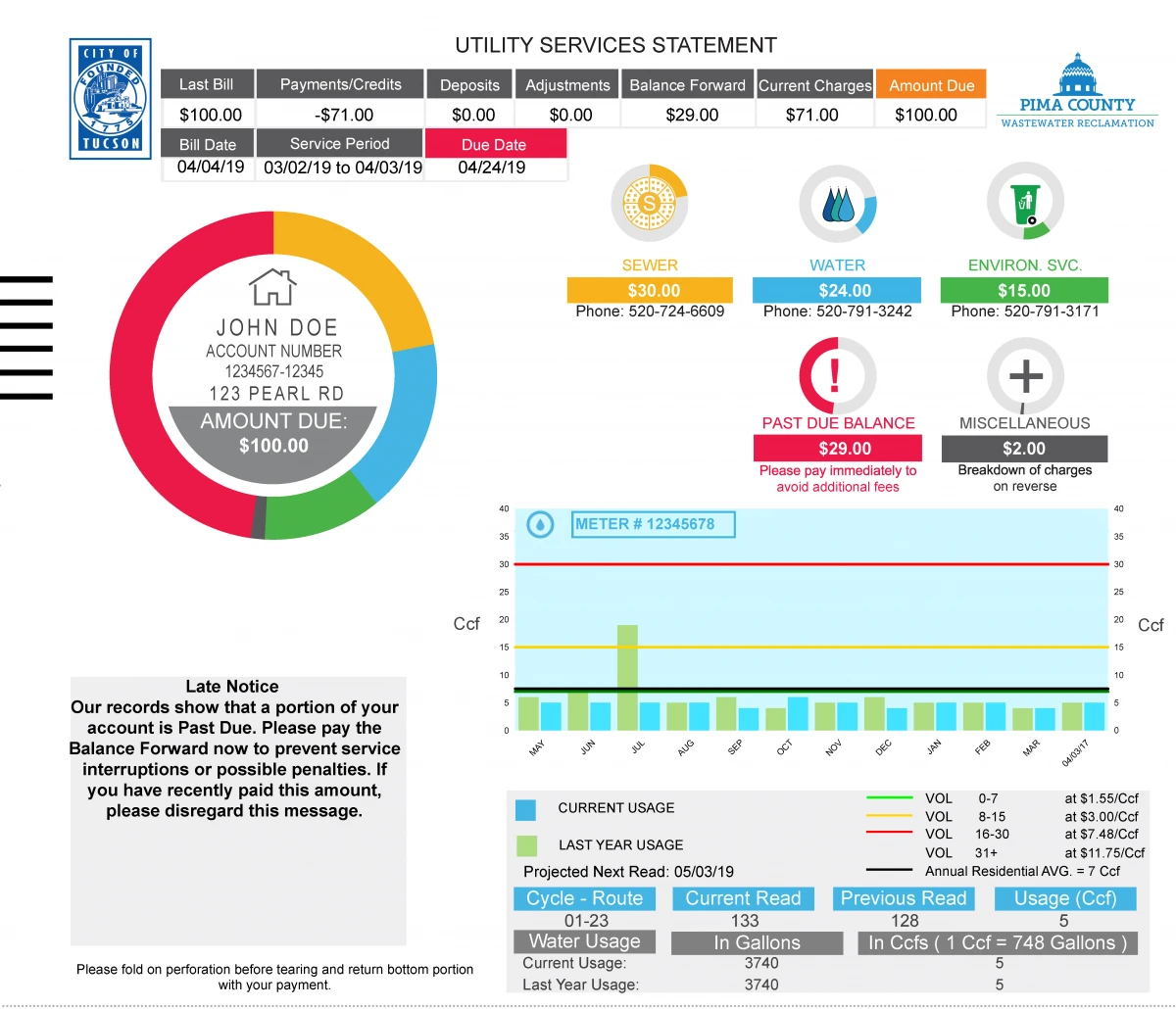Public Policy Review

Demand-side management is an essential and well-recognized component of our water management strategies. Yet, like most water topics, water conservation programs are complex and multi-faceted. It is my sense that there is generally a preference for conservation programs that provide incentives over compulsory regulatory programs with penalties. Many like to encourage conservation through tiered pricing programs, where the cost to the consumer of incremental units of water increases as more is used. Yet there are some challenges associated with gaining acceptance of utility conservation programs. I’d like to discuss a few of them in this column and note that the issues are not unique to water. Rather than delve into the efficacy of alternative conservation programs, itself a difficult and not-fully-explored topic, I examine some of the implications of conservation program implementation.
Whether utilities are privately or publicly owned, large components of the costs are fixed. Only a certain proportion of the costs of delivering water vary with the amount of water delivered. Fixed and variable costs both are covered by rates. Utility rate structures vary quite significantly across Arizona. (See my article, “The Role of the Public and Private Sectors in Water Provision in Arizona, USA,” Water International, March 2012, Vol. 37, No. 2, 156-168 and the annual survey done by the Arizona Water Infrastructure Financing Authority for summaries of this variation.) Most utilities charge a monthly service fee, which may or may not include some water, and then charge for incremental water used by the customer. For example, the charge per 1,000 gallons may be set at a fixed dollar amount, may vary by season, or may vary depending on the amount of water consumed. In other words, there are many ways a utility’s revenue requirement may be met. We see those setting utility rates balancing multiple objectives, such as: enabling the utility to cover its reasonable costs, with a rate of return on investment if privately owned; keeping rates affordable for water for basic needs; and discouraging wasteful or unnecessary consumption. Over time, we have seen more adoption of increasing block rate structures, especially since the mid-1980s, when I served on the Arizona Corporation Commission, the body responsible for regulating the rates of privately owned utilities. This greater use of increasing block pricing has been encouraged and applauded as a conservation strategy because it is thought that higher water prices will lead to less water consumption.
Recently, several water utilities have seen overall water consumption and/or per capita water consumption decline. In the case of the City of Flagstaff, for example, there was a determined effort to reduce overall water consumption. In some cases, the decrease in per capita consumption resulting from a rate increase has exceeded that projected. Whatever the cause of the decrease in consumption, the fixed costs of service have to be covered in rates. If some of the fixed costs are included in the per-unit water charge, which is often the case, rates then have to increase for the very same set of customers. Assuming the fixed costs are necessary and reasonable, it’s simple math. The fixed costs are spread over fewer units sold.
Not surprisingly, customers do not like this upward spiral, as I’ll call it. This summer, some letters to the editor in the Arizona Daily Star commented on this very matter in the context of Tucson Electric Power (TEP). On July 9, 2012, one wrote the following about TEP’s request for a rate increase: “TEP is going to up your rate because you, and/or friends and neighbors did the right thing and bought more energy-efficient appliances that use less electricity—and now, TEP needs more of your money to make up for the good that you and others did? Does the expression ‘No good deed goes unpunished’ make sense to you now?” Another letter writer states: “I get it. Use less through conservation and good energy practices and get charged more. One of the reasons for the [proposed] rate increase is the loss of revenue due to customers using less energy…So, TEP is telling us to use less so it can charge more to make up for the shortfall. Go figure.” Finally, one writer, in fact, connects TEP’s proposed rate increase to water rates, writing: “This week in Tucson our water rates went up because we conserved. Today we read that TEP wants to raise rates because we conserved…” The writer then comments on the impacts of such rate increases on those least able to pay.
There are programs in place to help low income individuals pay utility bills, but there are also questions about whether all those eligible for such programs are aware of them.
Also affecting rates are the costs of the conservation programs themselves. If rebates are offered by a utility, unless a toilet or appliance manufacturer is offering the rebates or a grant is funding the rebates, the customers are paying for the costs of the rebate program and other components of the conservation programs.
Utility directors and those who set water rates are trying to encourage water use reductions through conservation programs and rate setting. They themselves may be in the unenviable position of being punished – that is, being criticized – for doing the right thing when rate setting time comes around.
Getting through some of these issues can be facilitated by education programs, which themselves cost money. Educating all of us about the opportunities to conserve water could go a long way toward reducing some of the rancor come rate setting time. People do not like surprises. These days water planning is about examining alternative future scenarios. We can and should do a better job of anticipating the outcomes of conservation programs and policies, including their implications on rates.

